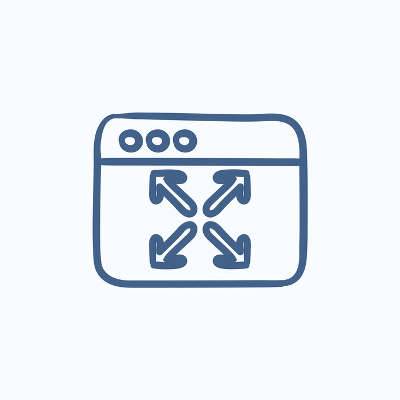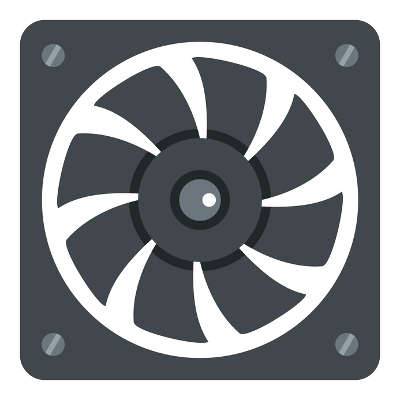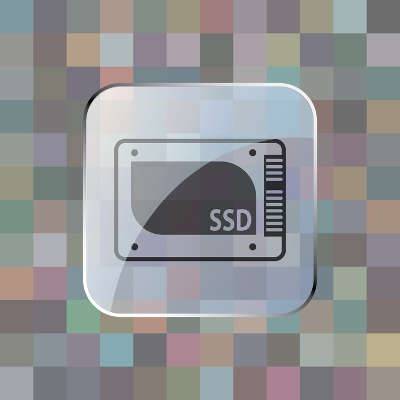As a modern business, your success depends on your technology functioning properly. As many businesses have discovered when their solutions did not function as intended, the effects can have considerable impact to their success rates. To help keep your business running, you need to be sure that your solutions are maintained.
Macro Systems Blog
How much time does your staff spend actually doing work compared to simply communicating about work? There’s a big difference, primarily in terms of making you money versus costing you money. Truth be told, employees spend nearly 80 percent of their time either in meetings, on the phone, or responding to emails. By finding ways for your team to communicate more efficiently, they will effectively spend less time yapping and more time making you money.
Have you ever gotten Facebook requests from strange people who you don’t know? While it might be tempting to give them the benefit of the doubt--after all, maybe they know a friend of yours--it’s best to keep strangers off of your page when you can. In order to give your page, the flexibility to accept friend requests from people you may know, and protect it from strangers, you can implement a “follow” feature, and limit who can send you friend requests.
It doesn’t matter which industry your organization falls into. Your business will always be susceptible to threats in some way, shape, or form. Therefore, it’s your responsibility to ensure that your business understands how to protect itself from these threats, before it’s too late. We’ll help you learn more about the various issues that you need to watch out for, and what you can do to stop them.
Augmented reality is still a relatively new concept. It seems like a gimmick at first glance, but one of the most notable technology companies--Google--is attempting to take AR and use it to create a certain utility for it in mobile devices. Sundar Pichai, Google’s CEO, clarified this devotion to augmented reality with the announcement of the Google Lens.
When your business experiences an IT outage, what’s the first thing that comes to mind? A typical response (after expressing frustration) is, “How long until operations resume?” An answer to this question isn’t always obvious, which leads to another question, “Why did my system go down in the first place?” Being able to quickly and accurately ascertain what’s behind an IT outage is a responsibility that every business should have handled, yet implementing such a procedure is often overlooked until it’s too late.
Here’s something that you might have noticed about opening Windows applications on your desktop; by default, they will generally open in a smaller window, giving you the ability to customize their size as you see fit. If you want a full size Window, it’s as easy as clicking on the maximize button in the top-right corner, but what if you didn’t want to go through this every time you open the app? There’s a solution for this, and we’ll help you find it.
How would you like to be able to charge your smartphone by simply walking down the street? Or to be able to turn the tie you’re wearing into a voice-recognition security system? Thanks to a team at Michigan State University, these abilities may not be so out of the question, as they have developed a promising little device that could be used to achieve these goals and many others.
By now you’ve heard about the cloud and all that it can do for businesses, but not all cloud providers can claim equal levels of availability and overall quality as others. Therefore, one of the most critical considerations you have to make when rolling out a cloud service regards who will be managing your company’s cloud computing platform.
For the average PC, most of its noise comes from its fans. Computers are typically built with cooling fans that are meant to operate at acceptable noise levels. Although, as machines age, they tend to require more work out of the installed fans in order to keep the components cool, which may explain why your old machine is much louder today than when you first got it.
The Internet of Things is all around us, in our homes, our offices, and even our cars. While this connectivity can provide a more unified and automated approach to daily tasks, it has the downside of enabling certain security threats to go unfettered. A prime example are the IoT-driven botnets that seem to be increasing in popularity.
While many may consider an audit of any kind to be a pain in the neck or worse, they can actually be an effective way to ensure that businesses are following best practices and remaining compliant. After all, nobody wants to be the company that failed an audit. Despite this, many companies aren’t up to standard where their IT is concerned, and it has an impact.
Have you ever received unsolicited calls from unknown numbers? Sometimes you might receive them at incredibly inconvenient times, such as while you’re home and trying to wind down after a long day’s work. While Caller ID and voicemail have allowed users to keep unwanted calls to a minimum, there are other ways that you can block a caller entirely from reaching your smartphone.
Microsoft has resolved what a security researcher tweeted was “the worst Windows remote code exec” in his memory. This vulnerability allowed a targeted file to implement remote code execution processes, manipulating the infected system and spreading the infection to other machines. In other word, it’s a bad problem to have. The scariest part: the attack would be triggered if a particular file were to be scanned by the Microsoft Malware Protection Engine.
When it’s time to replace your technology, it might bring about a sense of panic. How can you replace your technology without breaking your budget, or worse, exposing data on your old technology to potentially threatening actors? Only one thing is for sure; you need to make sure that you have a solid strategy to adhere to when you need to replace your broken-down technology.
In recent years, the familiar hard disk drive has slowly been losing ground to the much faster solid state drive. As they operate through very different processes, there are a few critical differences that you need to be aware of: SSDs have a limit to how many times data can be rewritten on the drive. This limit isn’t small, a standard consumer SSD drive is rated to sustain 40 gigs of data writing per day for 10 years. This may seem like a lot, but you’ll only get good results if you meet certain requirements and practices.























